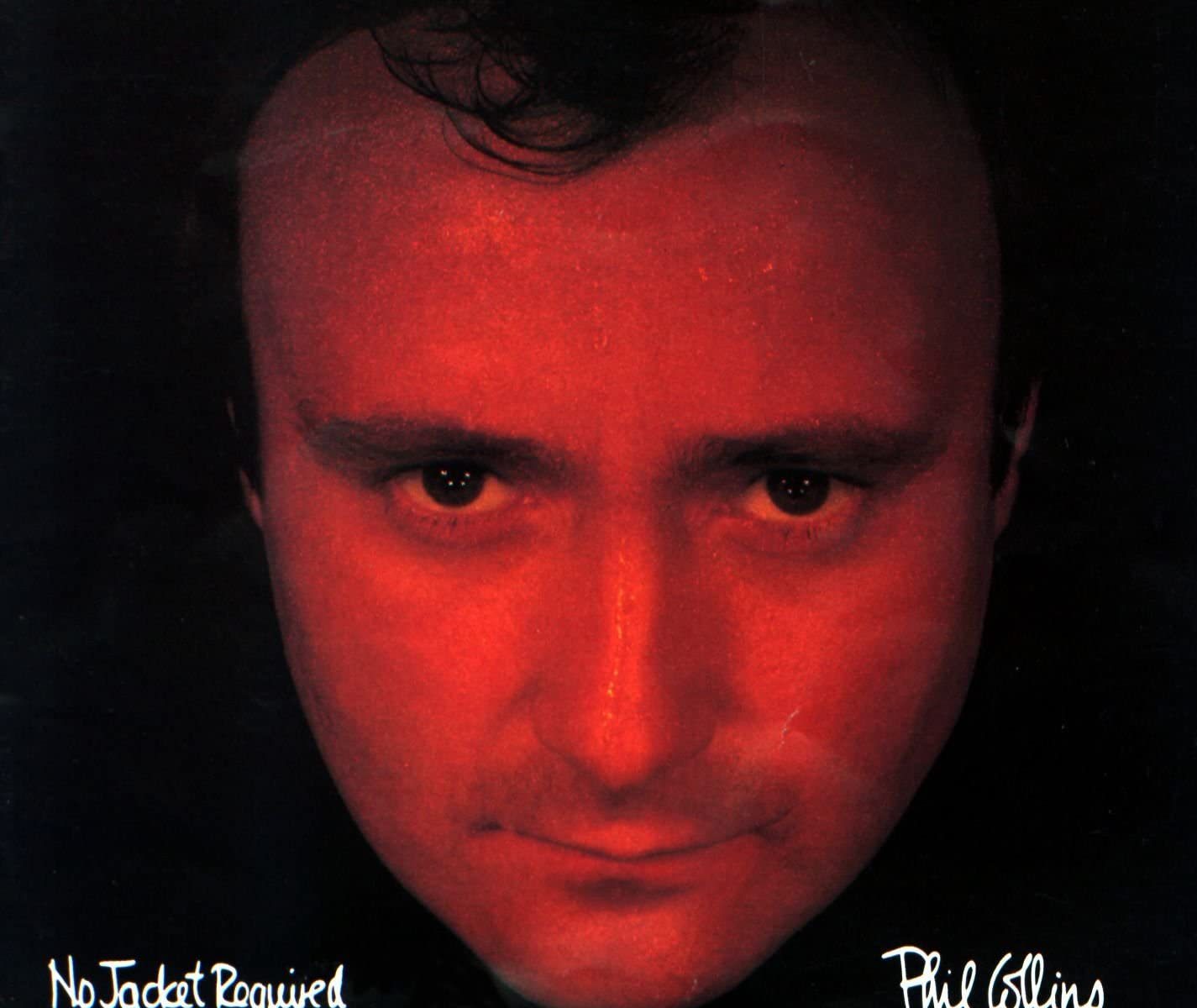Michael Jackson, a name synonymous with extraordinary talent and a life riddled with controversies, continues to fascinate the world even after his demise. From his unique experiences to his creative genius, Jackson’s life was a tapestry of the remarkable and the bizarre. Here are five interesting facts about the King of Pop that reveal the … Continue reading Unveiling the Man in the Mirror: 5 Facts About Michael Jackson
The Man in Black: 10 Intriguing Facts about Johnny Cash
Unraveling the enigmatic persona of Johnny Cash, the legendary ‘Man in Black,’ takes more than just a deep dive into his discography. This article aims to paint a fuller picture of Cash by shedding light on ten intriguing facts of his life, from his early days as a code breaker for the U.S. Air Force to his unique connection with a species of tarantula.
1. From J.R. to Johnny Cash
J.R. Cash, the name that Johnny Cash was given at birth, faced an unexpected change when he enlisted in the United States Air Force. The military didn’t allow initials as a first name, so J.R. Cash morphed into John R. Cash. His transition to the now-famous moniker, Johnny Cash, didn’t happen until 1955 when he inked a deal with Sun Records.
2. Faith Manifested in Audio
A staunch Christian, Johnny Cash took an extraordinary step in 1990 to showcase his devotion. He recorded himself reading the entire New Testament Bible (NKJ Version). Remarkably, the entire recording spanned over 19 hours.
3. The ‘Johnny Cash Machines’
Banks typically use the acronym ATM, but in an unusual twist, a bank for which Johnny Cash served as spokesperson renamed their ATMs as ‘Johnny Cash Machines’ during his promotional stint.
4. A Tribute with Eight Legs
The Aphonopelma Johnnycashi, a tarantula species found near Folsom Prison, was named in honor of Johnny Cash. This was in recognition of his iconic hit, “Folsom Prison Blues.”
5. Champion of Native Americans
Demonstrating his commitment to social justice, Johnny Cash fervently advocated for the rights of Native Americans, dedicating an entire album to their cause. Despite radio stations’ refusal to broadcast any of the album’s tracks, Cash’s resolve remained unwavering. He responded by purchasing a Billboard ad, challenging the stations with the question: “Where are your guts?”
6. The Iconic ‘Man in Black’
Straying from the conventional attire of rhinestone suits and cowboy boots prevalent among major country acts of his era, Johnny Cash adopted a signature all-black ensemble. He explained his fashion choice in the song “Man in Black,” stating that he wore black as a symbol of solidarity with the poor, the hungry, and those betrayed by age or drugs.
7. Cracking Codes before Cracking the Charts
Before his rise to stardom as a musician, Johnny Cash served as a Morse Intercept Operator for the US Air Force, specializing in deciphering coded transmissions and intercepting Russian intelligence. Notably, he transcribed the first news of Stalin’s death.
8. The Heartbeat behind ‘I Walk the Line’
Johnny Cash attributed the tempo of “I Walk the Line” to his heartbeat at the time he wrote the song. The accelerated rhythm of his pulse that day provided the beat that would become the backbone of this classic tune.
9. The Ostrich Incident
An odd confrontation with an ostrich at his exotic animal refuge near his Tennessee home left Johnny Cash with five broken ribs and a significant stomach wound. The injuries led to his prescription for pain killers, triggering a two-year relapse into his former alcohol and amphetamine addiction.
10. Inspiring a Future Country Star
Merle Haggard, a 20-year-old inmate at San Quentin, witnessed Johnny Cash’s first prison concert in 1958. This transformative experience inspired Haggard to pursue a career as a country artist. Cash, recognizing Haggard’s talent and authenticity, would often say, “You’re everything that people think I am.”
Stevie Wonder: From Frustration to Masterpiece
In 1975, the legendary artist Stevie Wonder found himself growing increasingly frustrated with the state of the U.S. government. At one point, he seriously considered leaving his music career behind and relocating to Ghana. Ultimately, however, he chose to channel his emotions into his work, which led to the creation of the now-iconic album, Songs In The Key Of Life. This masterpiece, which explores themes of love, social issues, and spirituality, solidified Wonder’s legacy as one of the most influential artists in music history.
Stevie Wonder, born as Stevland Hardaway Morris in 1950, tragically lost his sight shortly after birth due to a condition called retinopathy of prematurity. Despite this adversity, he discovered a love for music early in life and became adept at playing various instruments, such as the piano, harmonica, and drums. By the age of 11, he had already been signed to Motown’s Tamla label, where he was introduced to the world as Little Stevie Wonder.
Over the course of a career spanning more than six decades, Stevie Wonder has accumulated an impressive array of accolades. These include 25 Grammy Awards, the prestigious Grammy Lifetime Achievement Award, and an induction into the Rock and Roll Hall of Fame. In addition to his groundbreaking use of synthesizers and electronic instruments, which helped shape the sound of modern popular music, Wonder’s thought-provoking and socially conscious lyrics continue to resonate with audiences across the globe.
Beethoven’s Eroica: From Napoleon Tribute to Musical Revolution
Beethoven originally composed his 3rd Symphony as an homage to Napoleon, whom he greatly respected. However, upon Napoleon’s self-coronation as emperor in 1804, Beethoven furiously denounced him as a despot and removed Bonaparte’s name from the title page of the score. In addition, this symphony, also known as the “Eroica,” marked a significant turning point […]
The Lost Legacy of Maria Anna Mozart
Maria Anna Mozart, the elder sister of Wolfgang Mozart, was a remarkably gifted child prodigy in music, just like her brother. It is a sad fact that despite her exceptional talents, Maria Anna was not allowed to pursue her musical career as an adult due to societal constraints on women at that time. Although Maria […]
In addition to well-known performers….
In addition to well-known performers, a relatively unknown artist by the name of Prince also opened for the Rolling Stones on their record-breaking 1981 tour. However, his set was met with a poor reception as he was only able to perform a few songs before being met with boos from the audience and ultimately being […]
The guys from Milli Vanilli…
The guys from Milli Vanilli (Rob & Fab) as well as the original singers were all misled by their record producer in the lip-sync scandal and are the ones that brought it to the press. Rob & Fab were upset they wouldn’t let them sing, and the original singers were upset they weren’t the stars.
In 1967 Michigan resident James Osterberg…
In 1967 Michigan resident James Osterberg attended a concert by The Doors (made legendary by Jim Morrison’s lateness and drunken antics). He was so inspired and influenced that his own stage persona evolved into the performer better known as Iggy Pop.
The post In 1967 Michigan resident James Osterberg… appeared first on Crazy Facts.
Before he was the best-selling author…
Before he was the best-selling author of The Da Vinci Code, Dan Brown tried his luck as a musician. In 1994 he released an album called Angels & Demons—a title he reused for a 2000 novel.
The post Before he was the best-selling author… appeared first on Crazy Facts.
The Phil Collins album No Jacket…
The Phil Collins album No Jacket Required is named after an incident at a Chicago restaurant where Collins was denied admittance. Collins later appeared on TV denouncing the restaurant who in turn sent him a sport coat and an apology, saying he could come back wearing whatever he wanted.
The post The Phil Collins album No Jacket… appeared first on Crazy Facts.

